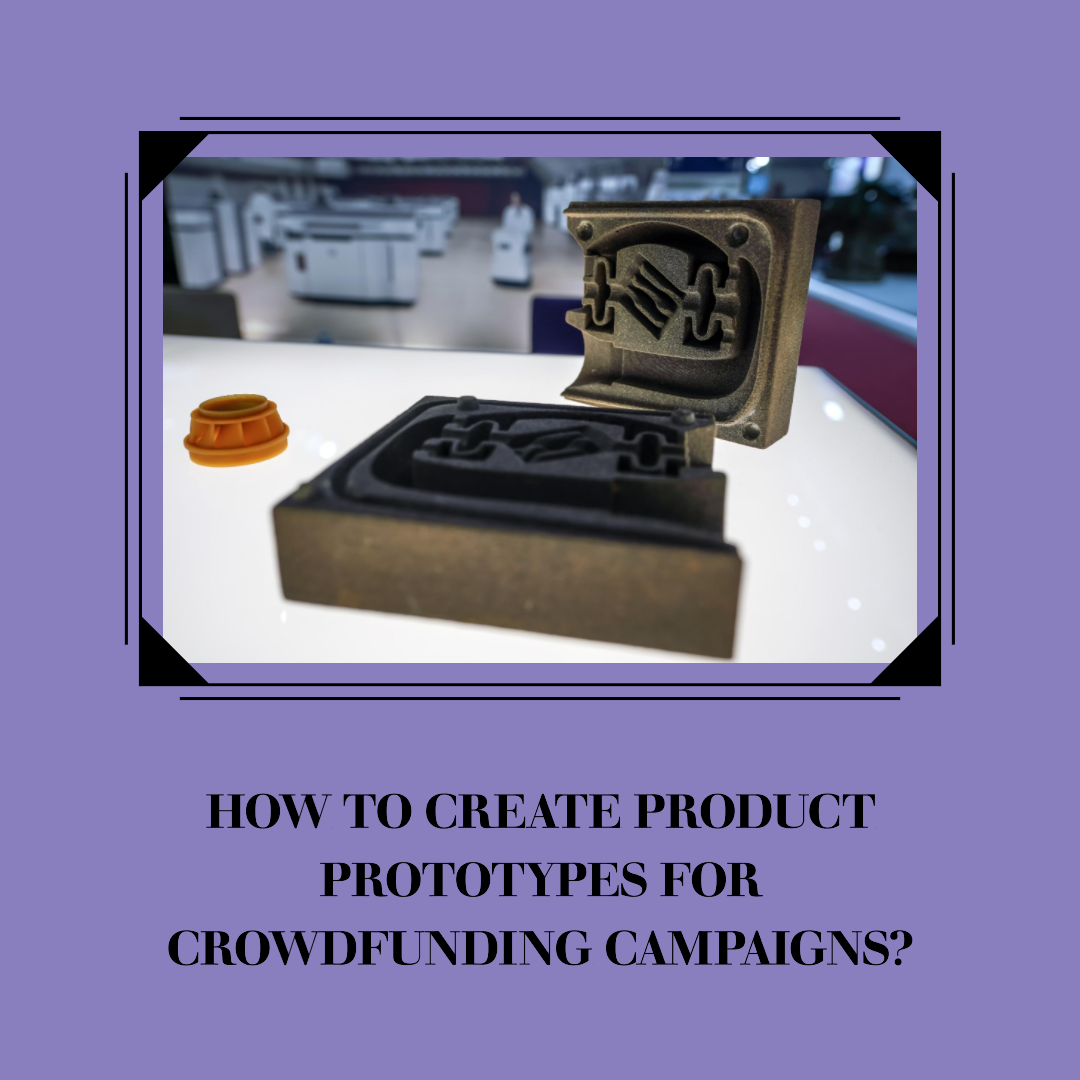How to protect intellectual property in product design?
Intellectual property (IP) refers to creations of the mind, such as inventions; literary and artistic works; designs; and symbols, names and images used in commerce. It is important to protect your IP in product design to prevent others from copying your work and to maintain a competitive advantage.
There are a number of ways to protect your IP in product design, depending on the type of IP you have created. The most common types of IP protection for product design are:
- Patents: Patents protect inventions and new processes. To obtain a patent, your invention must be new, useful, and non-obvious.
- Trademarks: Trademarks protect words, phrases, symbols, and designs that are used to identify the source of goods or services. To register a trademark, your mark must be distinctive and used in commerce.
- Copyrights: Copyrights protect original works of authorship, such as literary, dramatic, musical, and artistic works. To obtain a copyright, your work must be original and fixed in a tangible medium.
In addition to these general types of IP protection, there are also some specific types of IP protection that are available for product design. For example, in the United States, you can obtain a design patent for the ornamental design of a product. You can also register a design with the United States Copyright Office if it meets the requirements for copyright protection.
How to file for IP protection
The process for filing for IP protection varies depending on the type of IP protection you are seeking. For example, to file for a patent in the United States, you must submit a patent application to the United States Patent and Trademark Office (USPTO). To register a trademark in the United States, you must submit a trademark application to the USPTO. And to register a copyright in the United States, you must submit a copyright application to the United States Copyright Office.
Benefits of protecting your IP
There are a number of benefits to protecting your IP in product design. Some of the most important benefits include:
- Preventing others from copying your work: IP protection can help to prevent others from copying your work and selling it as their own. This can help to protect your investment in product development and to maintain your competitive advantage.
- Generating revenue: IP protection can be used to generate revenue by licensing your IP to others or by selling your IP.
- Raising capital: IP protection can be used to raise capital from investors. Investors are more likely to invest in companies that have valuable IP.
- Attracting partners: IP protection can be used to attract partners, such as manufacturers and distributors. Partners are more likely to work with companies that have valuable IP.
Challenges of protecting IP
There are a number of challenges to protecting IP in product design. Some of the most common challenges include:
- Cost: Filing for IP protection can be expensive. The cost of filing for a patent can range from a few thousand dollars to tens of thousands of dollars. The cost of registering a trademark can range from a few hundred dollars to a few thousand dollars. And the cost of registering a copyright can range from a few dozen dollars to a few hundred dollars.
- Complexity: The process of filing for IP protection can be complex. There are many different rules and regulations that must be followed. If you are not familiar with the IP protection process, it is a good idea to consult with an attorney.
- Enforcement: Even if you have IP protection, it can be difficult and expensive to enforce your rights. If you find someone who is infringing on your IP, you may need to file a lawsuit to stop them.
Tips for protecting your IP
Here are a few tips for protecting your IP in product design:
- Keep your inventions and designs confidential. Do not disclose your inventions or designs to others until you have filed for IP protection.
- Mark your products with your trademarks. This will help to notify consumers that your products are yours and to prevent others from using your trademarks without your permission.
- Register your copyrights and trademarks. Copyright and trademark registration is not required, but it does offer a number of benefits, such as a presumption of ownership and the right to sue infringers in federal court.
- Monitor the market for infringement. Once you have IP protection, it is important to monitor the market for infringement. If you find someone who is infringing on your IP, you can take steps to stop them.
By following these tips, you can help to protect your IP in product design and reap the benefits that come with it.








